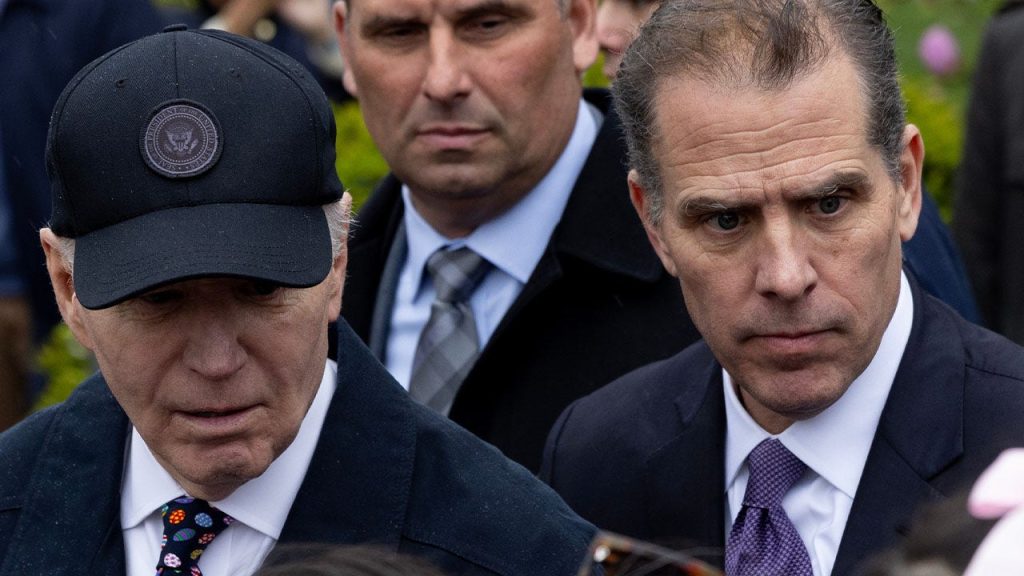President Joe Biden recently announced the cancelation of student debt for 277,000 people, bringing the total number of Americans who have received debt relief during his administration to 4.3 million. This latest round of debt relief applies to individuals enrolled in the federal Saving on a Valuable Education Plan (SAVE), as well as those who qualified for relief due to changes in Income-Driven Repayment Plans and Public Service Loan Forgiveness. Biden reiterated his commitment to ensuring that higher education is a path to the middle class rather than a barrier to opportunity. He also expressed determination to continue working towards student debt cancelation, despite opposition from Republican officials.
Biden’s efforts to tackle student debt come as part of a broader initiative to alleviate the massive burden of collective student debt in the United States, which currently stands at $1.6 trillion. This move is seen as a way to address the growing issue of financial hardship faced by many Americans who are struggling to repay their student loans. By providing relief to millions of borrowers, Biden’s administration hopes to ease the financial strain on individuals and families, allowing them to better enjoy economic stability and pursue their goals without the burden of overwhelming debt.
The cancelation of student debt by the Biden administration has been welcomed by many individuals and organizations advocating for student loan reform. This move is seen as a step in the right direction towards addressing the systemic issues within the education financing system that have led to the current student debt crisis. By offering relief to a significant number of borrowers, the administration is working towards creating a more equitable and accessible higher education system that prioritizes the needs of students and their families.
Despite the positive reception of Biden’s student debt cancelation efforts, there are still challenges and obstacles to overcome in addressing the broader issues related to student loans and access to higher education. The high cost of college education, rising tuition fees, and limited financial aid options continue to create barriers for many individuals seeking to pursue a degree. Additionally, the complex and often confusing nature of student loan programs and repayment plans can make it difficult for borrowers to navigate the system and understand their options for managing and repaying their debt.
As Biden’s administration continues to push for student debt cancelation and other initiatives aimed at improving access to higher education, there is hope that progress will be made towards creating a more inclusive and affordable education system for all Americans. By addressing the root causes of the student debt crisis and implementing reforms that prioritize the needs of students and borrowers, the administration aims to build a stronger and more resilient education system that benefits individuals, families, and society as a whole. With ongoing efforts and support from policymakers, advocates, and stakeholders, there is potential for meaningful change and positive outcomes in the realm of student loans and higher education.


